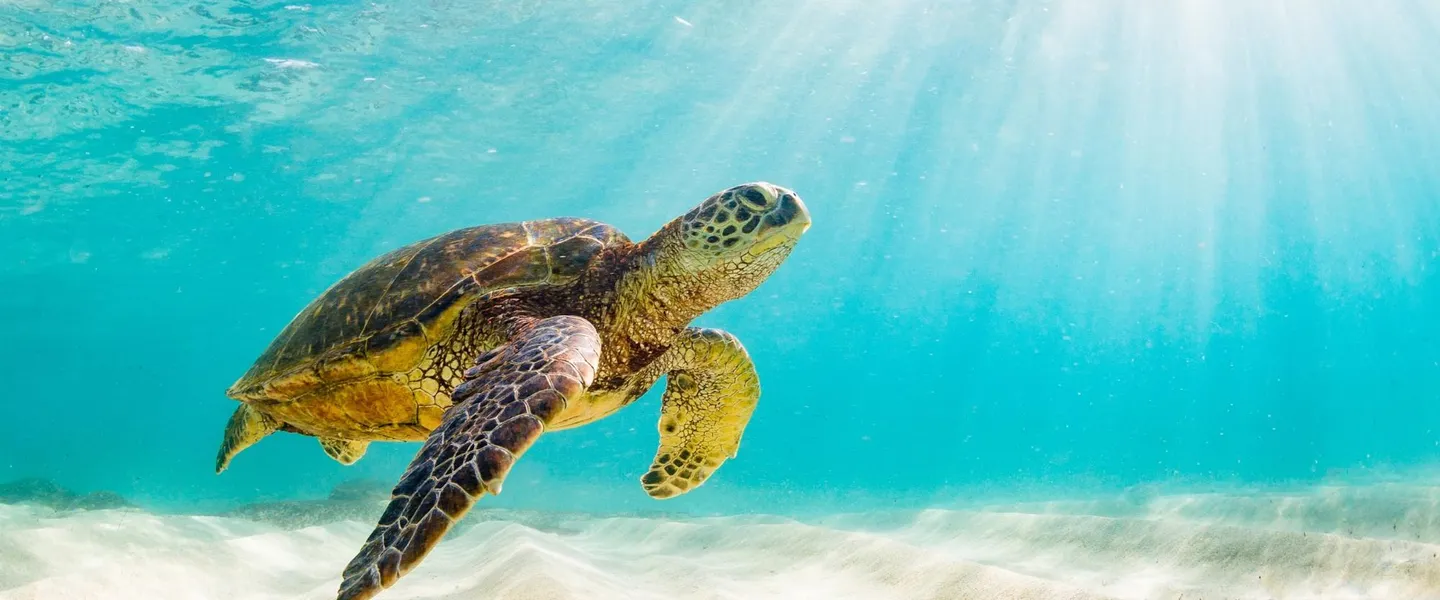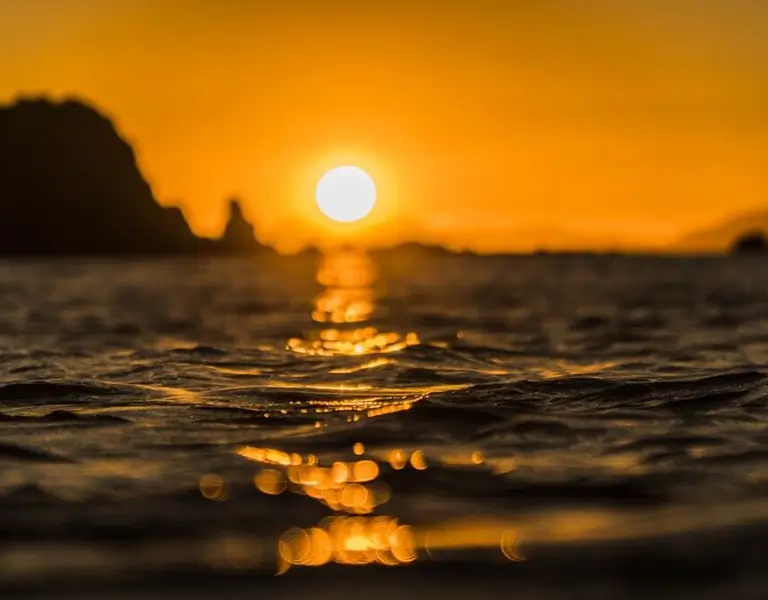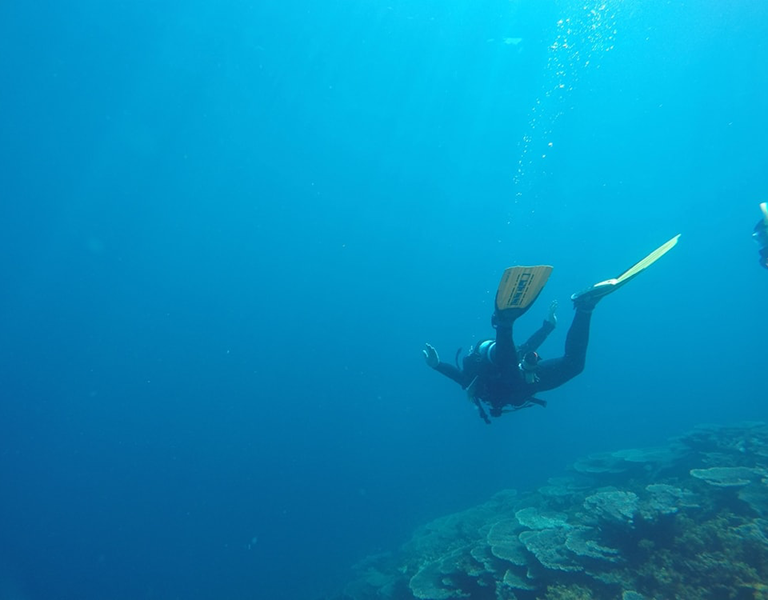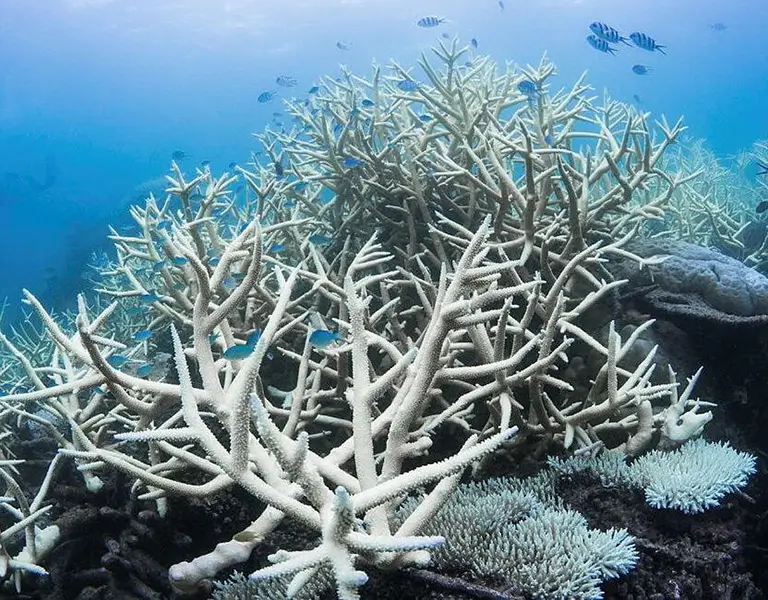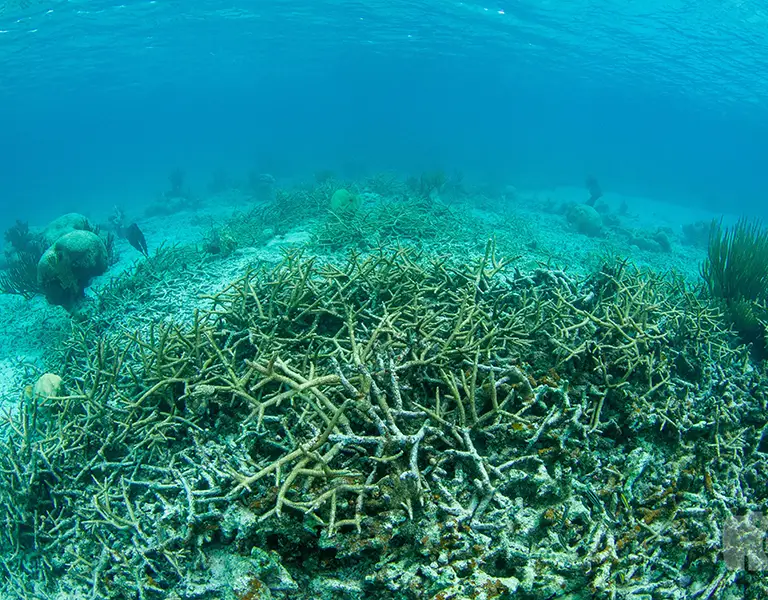Endangered sea animals face unprecedented threats from climate change, habitat destruction, and human activities. From majestic whales to tiny coral polyps, our oceans harbor countless species teetering on the brink of extinction. Understanding these challenges and taking action is crucial for preserving marine biodiversity for future generations.
Key Takeaways
- Critical Species at Risk: Over 1,000 ocean-dwelling organisms are currently listed under the Endangered Species Act, including sea turtles, whales, and countless reef inhabitants
- Primary Threats: Climate change, pollution, overfishing, and habitat reduction are driving aquatic wildlife toward extinction.
- Ecosystem Impact: Threatened sea life play vital roles in ocean health, and their loss threatens entire underwater ecosystems
- Conservation Success Stories: Protective measures and restoration efforts have helped some species recover, proving that targeted action can make a difference
- Individual Action Matters: Consumer choices, supporting conservation organizations, and protecting marine habitats all contribute to species protection
Endangered Aquatic Species: A Global Crisis
The world’s oceans teem with life, hosting diverse deep sea with millions more yet to be discovered. However, this aquatic realm faces a biodiversity crisis. Ocean species are disappearing at an alarming rate, with scientists estimating that human activities threaten over 40% of sea life.
Endangered Species Classifications
The designation of at-risk species follows strict scientific criteria established by conservation organizations worldwide. Species at risk of extinction qualify when their populations face imminent extinction risk within the foreseeable future. This classification triggers protective measures essential for species survival.
Critically imperiled animals face even more severe threats, with extremely small populations or rapidly declining numbers. These high-risk species require immediate and intensive conservation efforts to prevent extinction. The distinction between endangered and critically endangered helps prioritize conservation resources1.
The Endangered Species Act and Marine Protection
The Endangered Species Act serves as a crucial legal framework for protecting vulnerable ocean wildlife. This landmark legislation has provided essential safeguards for critically vulnerable animals like the North Atlantic right whale, Hawaiian monk seals, and Kemp’s ridley sea turtles.
Established in 1973, the Act classifies species into two primary categories: endangered (facing imminent extinction) and threatened (likely to become endangered). Ocean animals listed under this legislation receive protection from hunting, harassment, and habitat destruction2.
Coral Reefs: Underwater Rainforests Under Threat
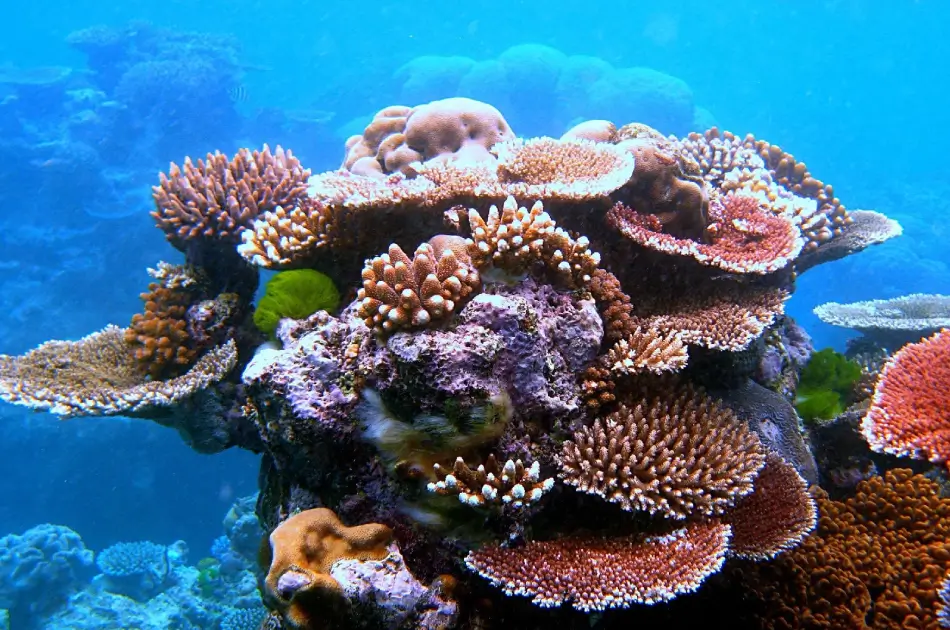
Coral reefs support an estimated 25% of all species despite covering less than 1% of the ocean floor. These underwater ecosystems face devastating losses from climate crisis, pollution, and destructive fishing practices.
Rising ocean temperatures trigger coral bleaching events, while increasing acidity prevents corals from building their calcium carbonate skeletons. The international union for Conservation of Nature lists numerous coral species as endangered species, including staghorn and elkhorn corals in the Caribbean.
Coral Cover and Reef Health
Coral cover serves as a key indicator of reef health and ecosystem function. Declining coral density signals reef degradation from bleaching, disease, pollution, and physical damage. Monitoring Coral abundance helps track conservation success and identify threats requiring intervention.
Hawksbill Sea Turtles: Ancient Navigators in Peril
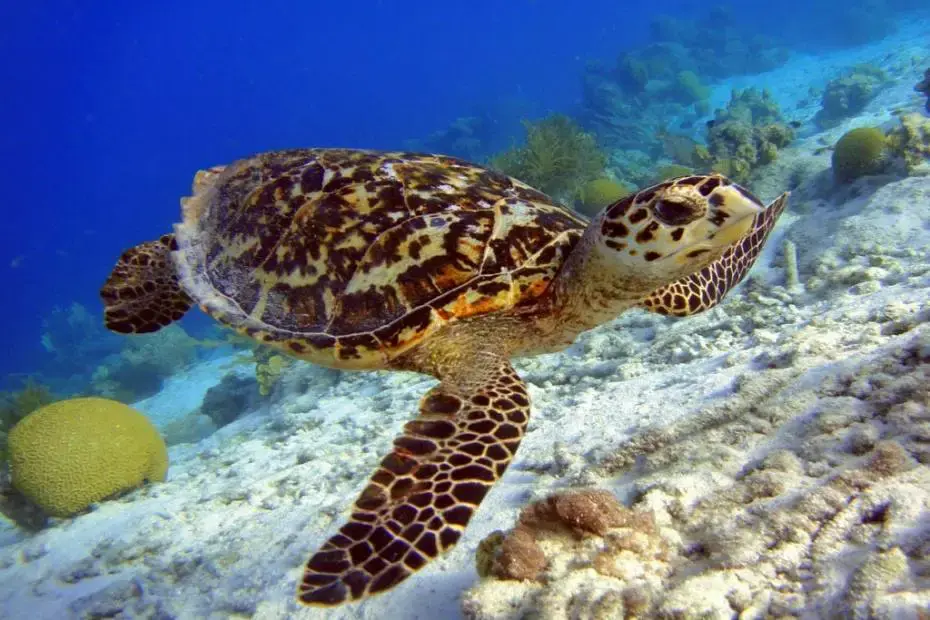
Hawksbill sea turtles represent one of the most endangered species, with populations declining by over 80% in recent decades. These ancient navigators, known for their distinctive beak-like mouths and beautiful shells, face severe pressure from illegal fishing and habitat reduction.
Hawksbill turtles primarily feed on sponges in coral reefs, making them crucial for maintaining reef health. Their beautiful shells unfortunately make them targets for illegal fishing despite international protection under CITES3.
The Plight of Hawksbill Populations
Hawksbill turtles nest on beaches throughout tropical oceans, but many nesting sites face destruction from coastal development and tourism. These hawksbill sea turtles have slow maturation rates, taking 20-30 years to reach reproductive age, making population recovery extremely challenging.
Conservation efforts focus on protecting nesting beaches, reducing plastic pollution, and combating illegal trade. Satellite tracking reveals that hawksbills travel vast distances across ocean basins, requiring international cooperation for effective protection.
Underwater life: Diversity Under Threat
Ocean environments showcase incredible diversity, from microscopic plankton to massive whales. This diversity faces unprecedented challenges as human activities alter ocean chemistry, temperature, and food webs.
Many species serve as indicators of ecosystem health. When these species decline, they signal broader environmental problems affecting entire marine communities. Protecting biodiversity requires understanding complex ecosystem interactions and addressing multiple threats simultaneously.
Freshwater Systems and Marine Connections
Freshwater systems connected to marine environments play crucial roles in species lifecycle. Many marine fish spawn in rivers and estuaries, while others depend on coastal wetlands for nursery habitats. Pollution and development in these systems directly impact marine populations.
Climate Change: The Ultimate Challenge for Marine Life
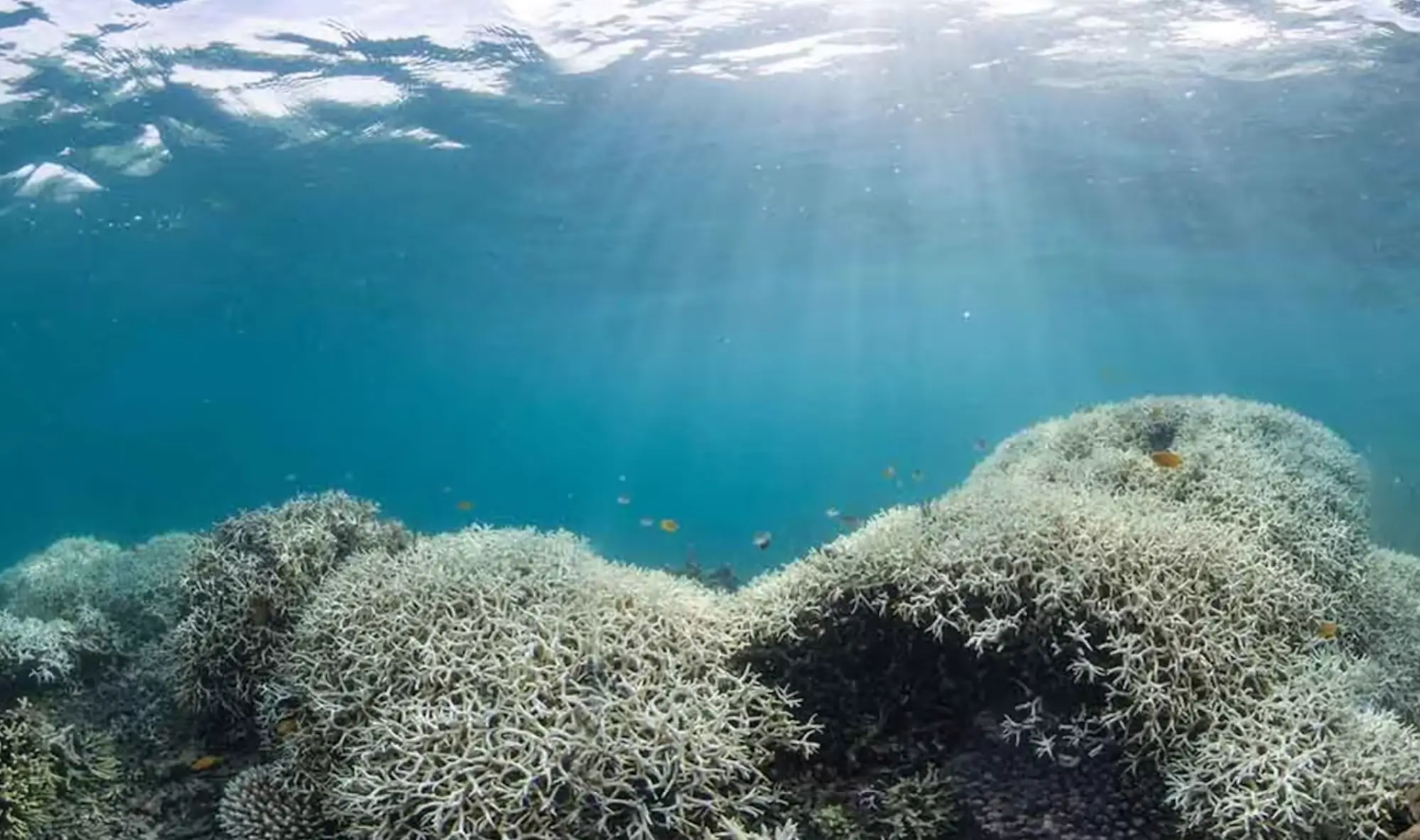
Climate change represents the most pervasive threat to Sea life. Rising sea temperatures, changing ocean chemistry, and shifting currents disrupt marine food webs from the smallest plankton to the largest whales.
Ocean acidification, caused by increased carbon dioxide absorption, makes it difficult for shell-forming organisms to build and maintain their protective structures. This affects everything from tiny pteropods that form the base of many species food webs to larger mollusks and crustaceans.
Temperature Changes and Species Distribution
Warming waters force a lot of species to migrate toward polar regions, disrupting traditional food webs and breeding patterns. Cold-water species face particular challenges as their habitat shrinks and suitable areas become increasingly scarce.
Endangered Animals and Marine Mammals
Endangered animals in marine environments face multiple threats from human activities, including vessel strikes, fishing rig entanglement, and noise pollution. These threats disproportionately affect vulnerable animals already struggling with small population sizes.
Marine mammals require different conservation strategies based on their specific biology and threats. Understanding these differences helps conservationists develop targeted protection measures for each species.
Hawaiian Monk Seals: Island Endemics Under Threat
Hawaiian monk seals represent one of the most endangered species in U.S. waters. With fewer than 1,400 individuals remaining, this species is endemic to the Islands. These seals face threats from fishing rig entanglement, habitat loss, food competition, and disease.
The Hawaiian monk seal native population historically numbered in the thousands before human colonization. Today, preservation efforts focus on reducing human interactions, protecting pupping beaches, and monitoring population health.
Hawaiian monk seals serve as an umbrella species for Hawaiian marine ecosystem protection. Efforts to save them benefit countless other species sharing their habitat, from coral reefs to seabird colonies.
International Union for Conservation Efforts
The IUCN maintains the global Red List of threatened species, providing the most comprehensive assessment of species extinction risk. This organization coordinates IUCN efforts worldwide.
The IUCN involves thousands of scientists who assess species status, identify threats, and develop recovery strategies. The IUCN’s work informs national and international policies protecting threatened species.
Global Cooperation in Marine Conservation
International treaties like CITES regulate trade in at-risk species and their products. These agreements require cooperation between nations to prevent illegal trafficking and protect vulnerable populations.
Regional fisheries management organizations coordinate protection for migratory species crossing multiple national boundaries. These collaborations are essential for sea turtles, sharks, and other species that travel vast ocean distances.
Most Endangered Species by Region
Different ocean regions face unique challenges and harbor distinct most endangered species. Understanding regional threats helps prioritize preservation efforts and allocate resources effectively.
North Atlantic Challenges
The North Atlantic experiences heavy shipping traffic, offshore energy development, and commercial fishing pressure. The Northern right whale’s primary feeding areas overlap with busy shipping lanes in here, increasing collision risks.
Cold-water corals in here face threats from deep-sea fishing and ocean acidification. These slow-growing ecosystems take centuries to develop but can be destroyed in minutes by bottom trawling.
Western North Pacific Waters
The Western North Pacific faces unique challenges from industrial development and intensive fishing pressure. The vaquita porpoise in Mexico’s Gulf of California has fewer than 10 individuals remaining, making it one of the most endangered animals.
Waters in this area host unique species like the North Pacific right whale, with possibly fewer than 30 reproductive females remaining. Entanglement in fishing rig poses a significant threat to these animals.
Threatened Marine Species and Conservation Success
These include those likely to become near-extinct species without intervention. Many species have been downlisted from endangered to threatened status following successful preservation, demonstrating that protection works.
The California gray whale population rebounded from near extinction to sustainable levels, showcasing the power of international protection. Similarly, some humpback whale populations have recovered sufficiently to be downlisted from near-extinct species status.
Critically Endangered Species: Racing Against Time
Critically endangered species face the highest extinction risk, with populations so small that immediate action is essential for survival. These species often have fewer than 1,000 individuals remaining.
Examples include the Mediterranean monk seal and various subspecies of sea turtles facing regionally specific threats. Each critically endangered species requires tailored conservation strategies addressing their unique challenges.
Green Sea Turtles: Recovery in Action
These turtles represent a conservation success story, with many populations recovering following protection measures. These herbivorous reptiles play crucial roles in maintaining sea grasses and algae communities.
Once severely depleted by hunting for their meat and eggs, green turtle populations have responded well to nesting beach protection and fishing gear modifications. Some populations have grown large enough to support sustainable use in certain regions.
The Importance of Seagrass Ecosystems
Sea grasses provide critical habitat for green turtles and countless other species. These underwater meadows absorb carbon dioxide, reduce erosion, and serve as nurseries for fish. Protecting seagrass beds benefits entire ecosystems beyond just sea turtles.
Kemp’s Ridley Sea Turtles: A Conservation Challenge
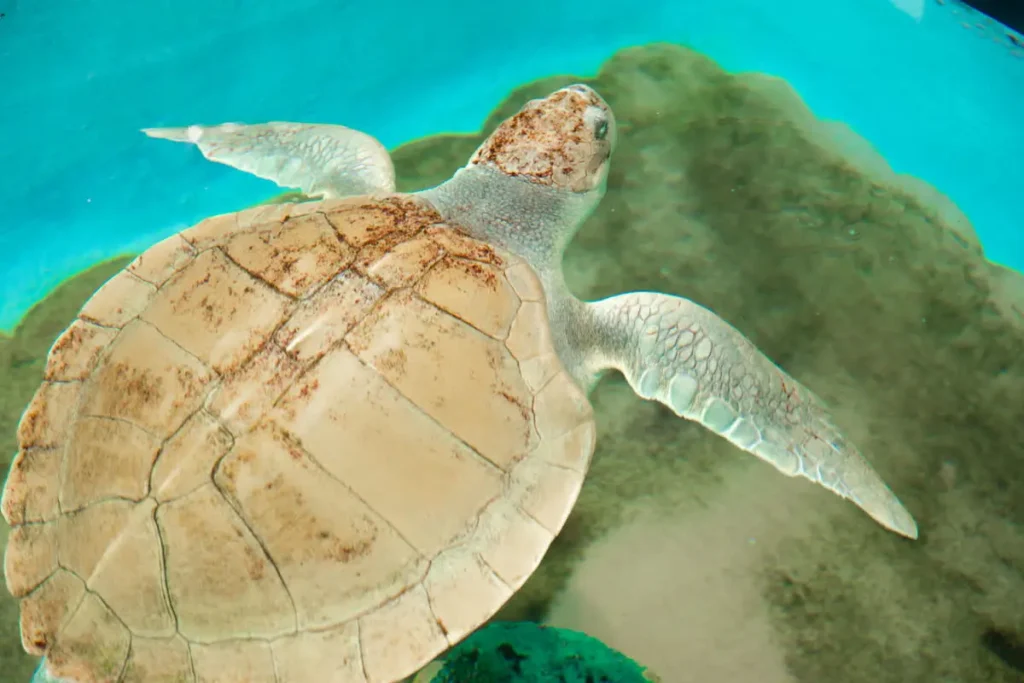
Kemp’s ridley sea turtles are among the most endangered species, with all females nesting on a single beach in Mexico. Their population crashed from 42,000 nesting females in 1947 to just 200 in the 1980s.
Kemp’s ridley turtles face unique challenges due to their limited nesting range and specific habitat requirements. Conservation efforts include protected nesting areas, turtle excluder devices on fishing nets, and head-starting programs for hatchlings.
Sea Otters: Keystone Species Recovery
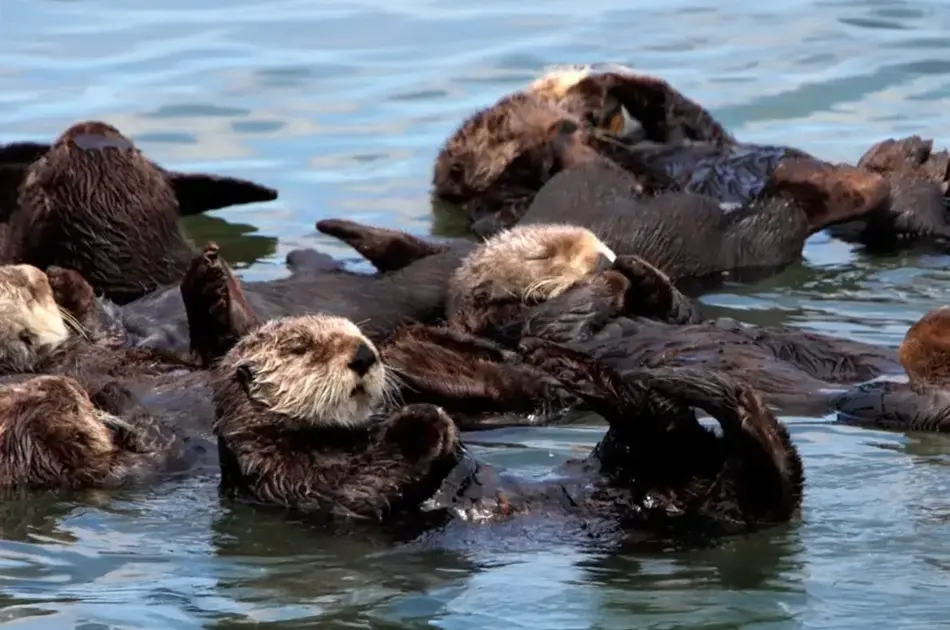
Sea otters serve as keystone species in kelp forest ecosystems along the Pacific coast. These charismatic mammals faced near extinction from fur hunting but have shown remarkable recovery in some areas.
Sea otters maintain balance in kelp forests by controlling sea urchin populations. Where sea otters are absent, sea urchins can overgraze kelp, creating underwater deserts called urchin barrens.
Sea Lions: Adapting to Changing Conditions
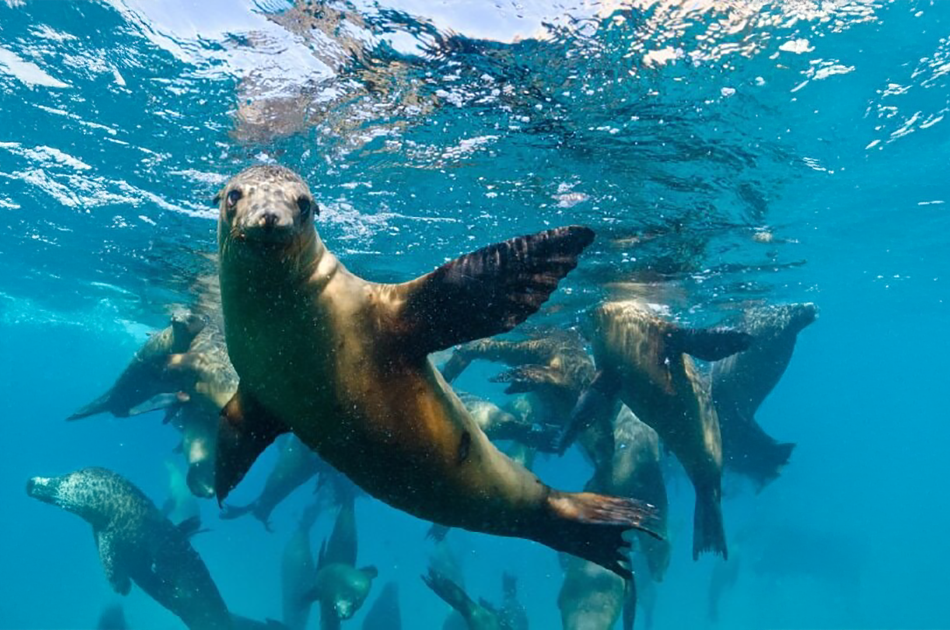
Sea lions are generally less endangered than other mammals but face increasing pressures from climate crisis and food availability. Some populations, like the Galápagos Otariidae, face more severe threats and warrant special protection.
These adaptable mammals demonstrate the complex relationships between climate, food webs, and marine mammal populations. Monitoring Otariidae health provides insights into broader ecosystem changes.
Whale Sharks: Gentle Giants at Risk
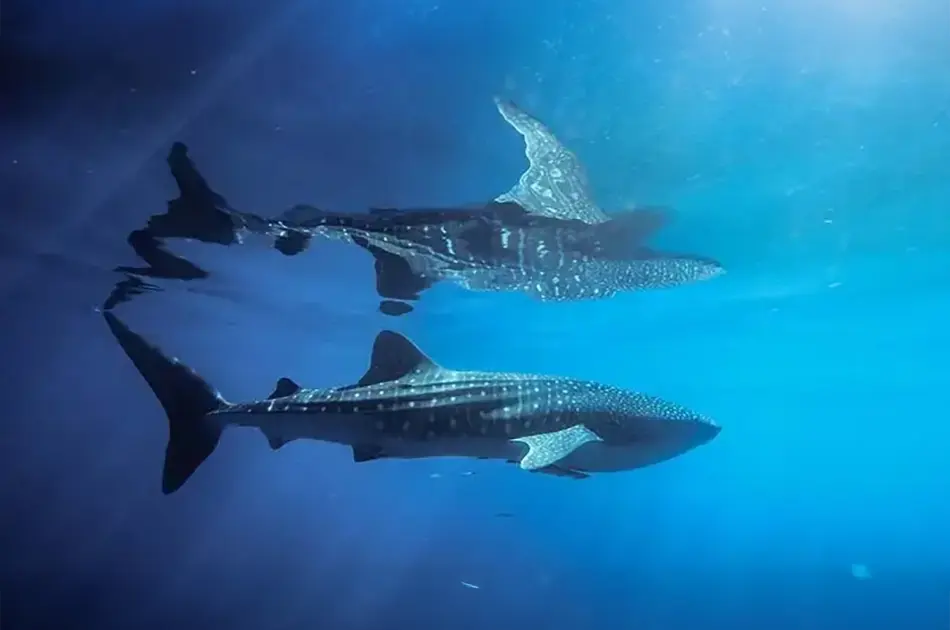
Whale sharks, the world’s largest fish, face threats from fishing pressure and boat strikes throughout their range. These gentle giants filter-feed on small organisms and play important roles in nutrient cycling across ocean basins.
Despite their protected status in many countries, whale sharks continue declining due to unregulated fisheries and habitat degradation. Their slow growth and late maturation make whale sharks vulnerable to overfishing.
Marine Life and the Fishing Industry
The fishing industry significantly impacts populations through both targeted catches and bycatch. Commercial fishing operations often catch non-target species, including imperiled species like turtles, sharks, and sea mammals.
Entanglement in Fishing Gear
Entanglement in fishing nets and gear causes millions of animal deaths annually. Entanglement in fishing rigs affects whales, seals, turtles, and countless other species. Ghost nets—lost or abandoned fishing rigs—continue catching animals long after deployment.
Nets and other gear modifications can reduce bycatch while maintaining fishing efficiency. Turtle excluder devices and acoustic pingers represent successful examples of industry collaboration.
Blue Whales: The Largest Endangered Animals
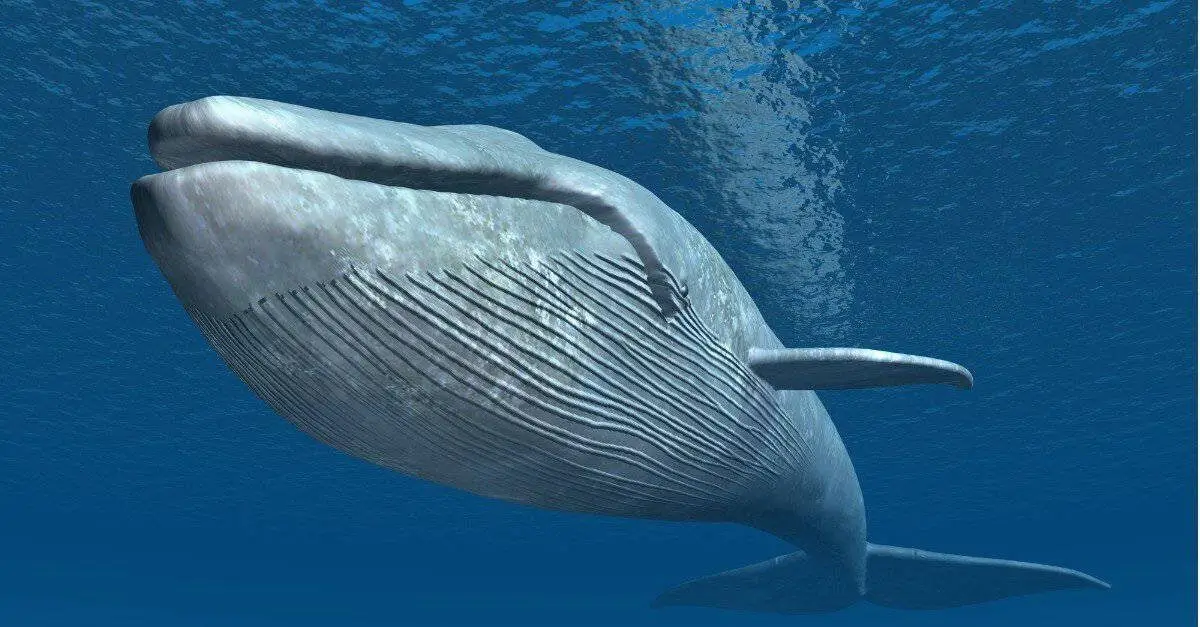
The largest animals ever known to have lived on Earth, remain an imperiled species despite protection from commercial whaling. These magnificent baleen whales face threats from shipping traffic, noise pollution, and changing food distribution.
Baleen whales show signs of recovery in some ocean basins but remain far below historical levels. The Antarctic population, the largest remaining group, may number around 2,300 individuals.
Habitat Loss: The Primary Threat
Habitat loss affects many marine species through multiple pathways. Shoreline development destroys mangrove forests, salt marshes, and sandy beaches critical for species reproduction and feeding.
Habitat degradation occurs through dredging, mining, and physical alteration of seafloor environments. Once destroyed, many marine habitats take decades or centuries to recover.
Habitat Pollution and Degradation
Pollution from agricultural runoff, sewage, and industrial chemicals creates dead zones where life cannot survive. Habitat degradation occurs more subtly through plastic pollution, noise, and chemical contamination.
Oil spills cause immediate visible damage but also have long-term effects on marine ecosystems. The chemicals used to clean up, often cause additional environmental harm.
Conservation Efforts and Protection Strategies
Conservation efforts require coordinated action across multiple scales, from local community initiatives to international agreements. Successful conservation combines habitat protection, species-specific programs, and addressing root causes of endangerment.
Marine protected areas provide refuges where aquatic life can recover without human interference. These areas allow populations to rebuild, serve as nurseries for juvenile animals, and provide spillover benefits to surrounding waters.
NOAA Fisheries and Recovery Programs
NOAA Fisheries implements various recovery programs for near-extinct species. These include habitat restoration projects, fishing gear modifications to reduce bycatch, and captive breeding programs for critically endangered species.
NOAA Fisheries works with fishermen, conservation organizations, and international partners to develop solutions balancing human needs with species protection. This collaborative approach often yields more sustainable and effective conservation outcomes.
Most Endangered Animals: Global Perspectives
The most at-risk animals in marine environments span diverse taxonomic groups, from mammals to mollusks. Each species faces unique combinations of threats requiring tailored conservation approaches.
Some most at-risk animals have populations numbering in the tens or hundreds, making every individual crucial for species survival. These populations require intensive management to maintain genetic diversity and reproductive success.
Marine Animals and Ecosystem Roles
Marine animals play diverse ecological roles, from apex predators controlling food webs to filter-feeders cleaning water. Understanding these roles helps prioritize species for conservation based on their ecosystem importance.
Keystone marine animals have disproportionately large effects on ecosystem structure and function. Protecting these species often provides benefits for entire marine communities.
Many Aquatic Life: Interconnected Fates
Many aquatic life share interconnected fates through food webs, shared habitats, and similar threats. Ecosystem-based management approaches recognize these connections and protect multiple species simultaneously.
Past Few Decades: Accelerating Threats
The past few decades have seen accelerating threats to marine life from human activities. Climate change, pollution, and habitat reduction have intensified, creating a crisis requiring urgent action.
Historical baselines help scientists understand the scale of species declines. Many species now considered stable existed in much larger numbers before intensive human exploitation.
Introduced Species and Invasive Impacts
Introduced species often become invasive, disrupting native ecosystems and threatening endemic species. Marine invasions occur through ballast water discharge, aquaculture escapes, and deliberate introductions.
These alien species can outcompete natives for resources, introduce diseases, or alter habitat structure. Preventing introductions and managing established invasives are crucial conservation strategies.
Other Species and Ecosystem Health
Beyond the charismatic megafauna, countless invertebrates, fish, and marine plants also face endangerment. These species often receive less attention but play crucial ecological roles.
Many cryptic species remain undiscovered or unstudied, meaning we may be losing species before we even know they exist. Comprehensive biodiversity surveys help identify conservation priorities.
Galapagos Islands: Unique Marine Life

The Galapagos Islands harbor unique species found nowhere else on Earth. The Galapagos marine iguana, the only oceangoing lizard, faces threats from non-native species and climate crisis.
Marine environments around the Galapagos Islands often have high levels of endemism. Protecting these unique populations requires controlling invasive species, managing tourism, and addressing climate change impacts.
Biggest Threats to Marine Biodiversity
The biggest threats to marine biodiversity4 include climate crisis, overfishing, pollution, and habitat reduction. These threats often interact synergistically, amplifying their individual effects.
Addressing these threats requires global cooperation and significant changes in human behavior. Reducing greenhouse gas emissions, implementing sustainable fishing practices, and controlling pollution are essential steps.
Hawaiian Islands: Endemic Species Haven
These islands support numerous endemic species adapted to isolated oceanic conditions. Many of these species exist only in Hawaiian Islands waters, making them particularly vulnerable to local threats.
Endemic species often have small populations and restricted ranges, making them especially susceptible to extinction. Protecting Hawaiian marine endemics requires addressing both local and global threats.
Steller’s Sea Cow: Lessons from Extinction
Steller’s sea cow, a massive marine mammal, went extinct in 1768, just 27 years after European discovery. This extinction serves as a stark reminder of human impact on aquatic wildlife.
The Manatees rapid extinction from hunting pressure demonstrates how quickly human activities can eliminate species. Learning from past extinctions helps prevent future losses.
Plants Assessed: Marine Vegetation
Plants appraised as crucial components of marine ecosystems include seagrasses, kelp, and various algae. These organisms provide habitat, food, and ecosystem services often overlooked in conservation planning.
Plants evaluated for conservation status face threats from shoreline development, pollution, and climate crisis. Protecting marine vegetation benefits countless animal species dependent on these habitats.
Sea Cows: Gentle Giants Lost
Manatees, including manatees and dugongs, are among the most vulnerable sea mammals. These gentle herbivores face threats from boat strikes, habitat loss, and water pollution.
The West African manatee and West Indian manatee remain endangered species, while Australian populations of dugongs face pressure from coastal development and fishing activities.
Major Threats: Prioritizing Conservation Actions
Threats to sea life vary by region and species group but generally include climate crisis, pollution, overfishing, and habitat reduction. Identifying the most significant threats for each species helps prioritize conservation actions.
Threat assessments consider both immediate dangers and long-term risks. Some threats, like climate crisis, require global solutions, while others can be addressed through local action.
Largest Species at Risk
The largest species in the ocean, including whales, whale sharks, and giant clams, often face unique conservation challenges. Their size makes them targets for hunting and fishing, while their slow growth rates hinder population recovery.
Protecting largest species often requires international cooperation due to their long-distance movements and transboundary distributions. These largest species also need large areas of suitable habitat to maintain viable populations.
Atlantic Ocean: Diverse Challenges
The Atlantic Ocean faces diverse conservation challenges across its vast expanse. From Arctic ice-dependent species to tropical reef dwellers, Atlantic Ocean life adapts to varying conditions and threats.
Historical fishing pressure in the Atlantic Ocean has depleted many commercial species. Climate crisis now compounds these impacts, shifting species distributions and altering ecosystem dynamics.
National Oceanic Protections
National Oceanic and Atmospheric Administration (NOAA) provides crucial protections for U.S. marine species through Endangered Species Act implementation. This agency coordinates research, management, and conservation efforts.
East Coast Conservation Challenges
The East Coast of North America faces unique marine conservation challenges from dense human populations and extensive coastal development. Shipping traffic, port operations, and fishing industry activities create multiple pressures on marine life.
Species like the Northern right whale migrate along the East Coast, making them vulnerable to vessel strikes and entanglement throughout their range. Seasonal fishing closures and shipping lane modifications help reduce these risks.
Mediterranean Monk Seal: Europe’s Marine Mammal
This seal ranks among the world’s most endangered species, with fewer than 700 individuals remaining. This species once ranged throughout the Mediterranean and Black Seas but now exists in isolated pockets.
Conservation efforts focus on protecting the few remaining Mediterranean monk seal colonies in Greece, Turkey, and the Atlantic coast of Africa. Human disturbance at pupping caves remains a major threat requiring careful site protection.
This seal faces threats from fishing activities, coastal development, and tourism pressure. The climate crisis’s impact on prey distribution also affects this critically endangered species.
Oil Spills: Immediate and Long-term Impacts
Cause immediate visible damage through coating animals and contaminating habitats. Beyond immediate mortality, oil spills have long-term effects on reproduction, behavior, and ecosystem health.
Cleanup efforts sometimes cause additional environmental damage through chemical dispersants and physical disturbance. Prevention through improved tanker safety and spill response planning is preferable to post-incident cleanup.
Fishing Restrictions: Balancing Needs
These restrictions aim to balance marine conservation with fishing industry livelihoods. Effective restrictions require scientific basis, stakeholder input, and adaptive management based on monitoring results.
Some restrictions focus on gear modifications to reduce bycatch, while others establish temporal or spatial closures. The most successful restrictions often involve fishermen in planning and implementation.
Endangered Species List: Dynamic Conservation Tool
The endangered species5 list serves as a dynamic tool for marine conservation, with species added or removed based on population status. Regular status reviews ensure the endangered species list reflects current conservation needs.
North Atlantic Right Whale: Symbol of Recovery Challenges
The North Atlantic right whale symbolizes the challenges facing marine mammal recovery. Despite decades of protection, the Northern right whale population continues declining due to vessel strikes and entanglement in fishing gear.
Recent years have seen record numbers of Northern right whale deaths, highlighting the need for stronger protective measures. Modified shipping lanes and seasonal fishing closures represent important steps, but more action is needed for Northern right whale recovery.
Underwater World: Hidden Biodiversity
The submerged world harbors incredible biodiversity, much of which remains unexplored and undescribed. Deep-sea environments particularly hold vast numbers of unknown species that may be lost before discovery.
Advances in submerged world technology reveal new species regularly, emphasizing how much we still don’t know about marine ecosystems. This unknown diversity highlights the importance of precautionary conservation approaches.
Coral Cover: Reef Health Indicators
Reef health depends heavily on coral cover maintenance and protection. Declining cover signals reef degradation from bleaching, disease, pollution, and physical damage across marine ecosystems.
Species Conservation: Global Efforts Continue
Species conservation requires sustained effort across multiple scales and time frames. Success stories demonstrate that dedicated conservation can recover populations, but preventing endangerment remains preferable to recovery efforts.
Many species benefit from ecosystem-based approaches that address multiple threats simultaneously. Climate crisis adaptation will become increasingly important as ocean conditions continue changing.
Conservation programs worldwide focus on protecting species through habitat preservation, fishing restrictions, pollution control, and international cooperation. The future of marine biodiversity depends on our collective commitment to species protection.
Conclusion
These at-risk ocean creatures face unprecedented challenges from human activities and climate change. However, successful conservation efforts demonstrate that species can recover with adequate protection and management. From the comeback of California gray whales to the steady increase in some green turtles populations, hope exists for marine biodiversity.
The ocean’s health directly connects to human wellbeing through food security, coastal protection, and climate regulation. Protecting endangered species preserves these vital ecosystem services while maintaining the wonder and diversity of our planet’s marine realm.
Every action matters in marine conservation. Supporting sustainable seafood, reducing plastic use, backing conservation organizations, and advocating for stronger protections all contribute to saving endangered marine animals. Together, we can ensure future generations inherit oceans teeming with life rather than empty seas telling stories of what once was.
About Coral Vita
Coral Vita is a mission-driven company dedicated to restoring our world’s dying and damaged reefs. Using innovative land-based farming techniques, Coral Vita grows diverse and resilient corals in months instead of the decades they take in nature. These corals are then transplanted into threatened reefs, helping to preserve ocean biodiversity while protecting coastal communities that depend on healthy reefs for protection, food, and income].
Founded by environmental entrepreneurs Sam Teicher and Gator Halpern, Coral Vita’s high-tech coral farms incorporate breakthrough methods to restore reefs in the most effective way possible. In 2021, the company was recognized as the inaugural winner of Prince’s William’s Revive Our Oceans Earthshot Prize Winner for their pioneering work in coral restoration.
To learn more about Coral Vita’s work or to get involved in coral reef conservation efforts, visit their website at www.coralvita.co or contact them directly through their Contact Us page.
FAQ
What are the most at-risk ocean creatures?
The most at-risk ocean creatures include Northern right whale, Hawaiian monk seals, Kemp’s ridley sea turtles, and Monachus monachus. Each faces unique threats requiring targeted conservation efforts.
How does climate change affect endangered sea life?
Climate change affects all maritime species through rising temperatures, ocean acidification, sea level rise, and changing food webs. These changes force species to adapt, migrate, or face potential extinction.
Can threatened ocean wildlife recover from near-extinction?
Yes, many endangered species can recover with proper protection. Examples include California gray whales, humpback whales, and some green turtles populations that have rebounded following conservation efforts.
What role do coral reefs play in marine conservation?
Coral reefs support 25% of all sea life while covering less than 1% of the ocean floor. Protecting reefs safeguards biodiversity hotspots and provides habitat for countless endangered species.
References
- https://www.noaa.gov/education/resource-collections/marine-life/endangered-and-threatened-marine-species ↩︎
- https://www.fisheries.noaa.gov/species-directory/threatened-endangered ↩︎
- https://www.worldwildlife.org/species/directory?direction=desc&sort=extinction_status ↩︎
- https://www.iucn.org/our-work/topic/marine-biodiversity ↩︎
- https://www.nationalgeographic.com/animals/endangered-species/ ↩︎
